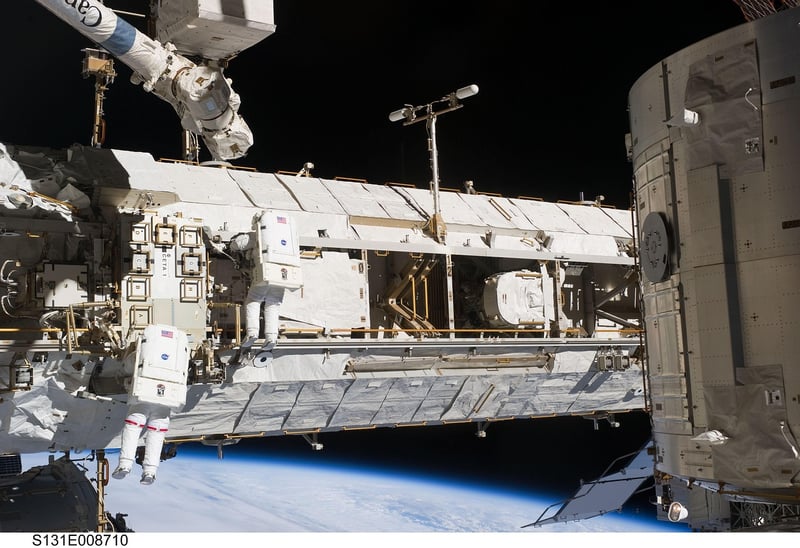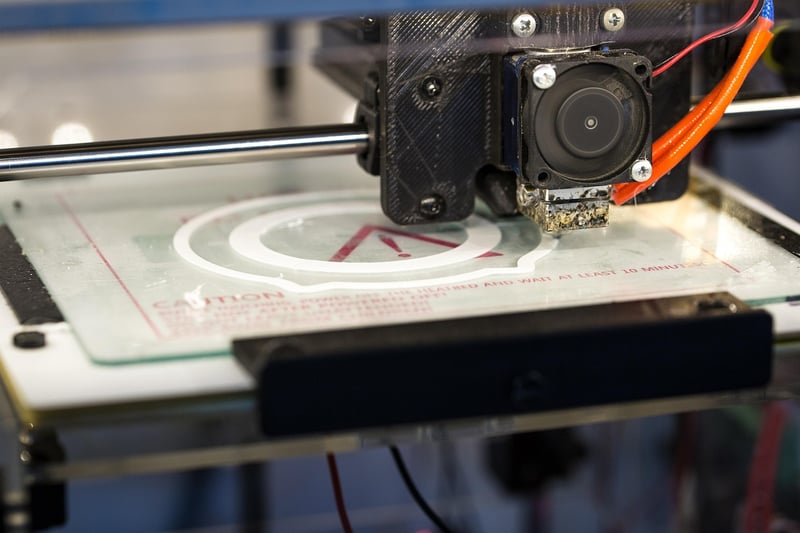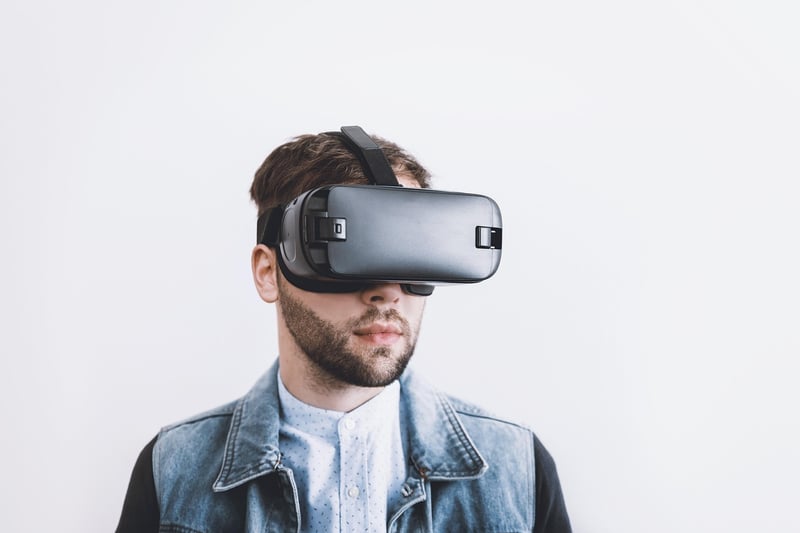Zero-gravity Innovations
The Future of Space Travel: Cutting-Edge Technology and Zero-Gravity Innovations
Space exploration has always captured the imagination of humanity, and with advancements in technology, the possibilities for space travel have expanded dramatically. From cutting-edge propulsion systems to innovative designs for zero-gravity environments, the future of space travel looks incredibly exciting.
1. Ion Propulsion Systems
Ion propulsion is a revolutionary technology that utilizes electric fields to accelerate and expel charged particles to generate thrust. Compared to traditional chemical rockets, ion propulsion systems offer much higher fuel efficiency and can propel spacecraft to higher speeds over time. NASA's Dawn spacecraft, which visited the asteroids Vesta and Ceres, successfully used ion propulsion for its interplanetary journey.

2. 3D Printing in Space
3D printing has found its way into space travel, enabling astronauts to manufacture tools, spare parts, and even entire components aboard the International Space Station (ISS). This technology reduces the need for extensive spare part storage and opens up the possibility of creating structures that are specifically designed for the space environment.

3. Virtual Reality Training
Training for space missions has been revolutionized by virtual reality (VR) technology. Astronauts can now immerse themselves in realistic simulations of spacewalks, spacecraft operations, and planetary surfaces, allowing them to familiarize themselves with tasks and environments they will encounter during their missions.

4. Artificial Intelligence for Autonomous Systems
Artificial intelligence (AI) plays a crucial role in enabling autonomous operations in space. AI algorithms can assist in spacecraft navigation, docking procedures, and even data analysis, reducing the workload on astronauts and increasing the efficiency of space missions.

5. Zero-Gravity Innovations
Zero-gravity poses unique challenges and opportunities for space travel. Innovations such as advanced life support systems, compact exercise equipment to combat muscle atrophy, and specialized food packaging for easy consumption in microgravity are essential for long-duration space missions.

As we look towards the future of space travel, these cutting-edge technologies and zero-gravity innovations will continue to push the boundaries of exploration and pave the way for humanity's journey to the stars.
